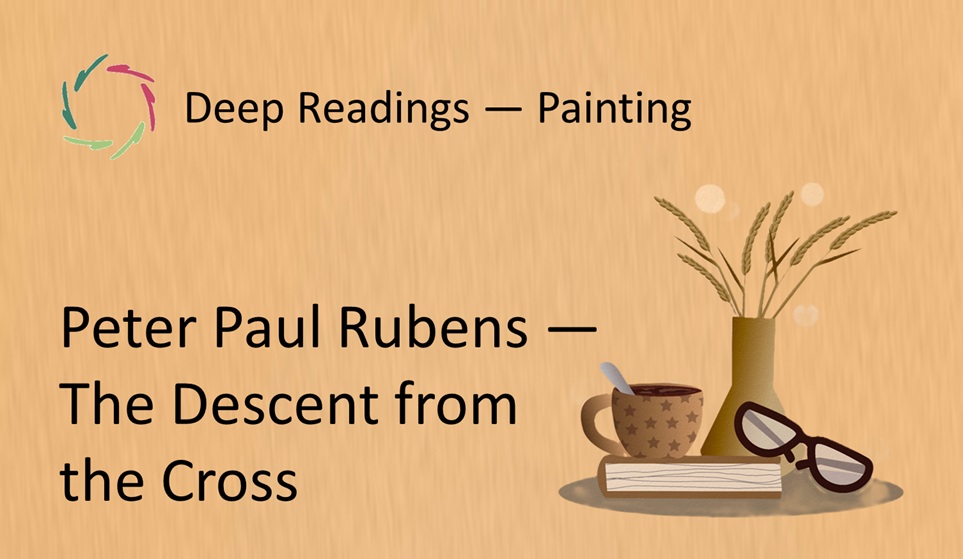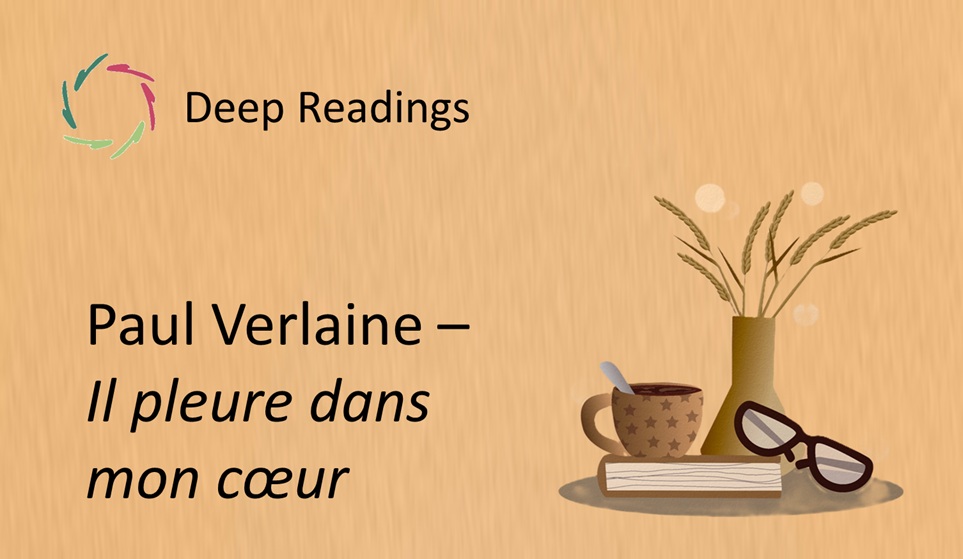Deep Readings: S. Imamura ― The Ballad of Narayama (1983)

The fragment
“When the snow comes, I will go to Narayama. It is my time.”
Read more → Goodreads
Contextual glimpse
Shohei Imamura’s film retells the folk tale of obasute (abandoning an elderly parent on the mountain) in a harsh rural village where hunger rules. The camera stays close to bodies: teeth, skin, sex, birth, and rot. Custom is not abstract morality; it is a survival algorithm the community enforces when winter tightens its fist. Against this, Narayama becomes a place of both dread and dignity — a mountain that asks whether necessity can wear a human face.
Set within a culture of scarcity, the story follows a grandmother preparing herself for the ritual ascent when her time comes. What could be simple cruelty is shown as complex: duty, tenderness, fear, and acceptance interweave. Imamura refuses consolation and refuses cynicism; he shows a world in which life and death touch constantly, and people try to remain human in the touch.
Resonance
The mountain is a law older than any decree: mouths to feed, seasons to survive. But within that law breathes something more intimate — a woman who chooses to ready herself, to spare her kin the shame of delay. The film asks if acceptance can coexist with love, and whether a ritual of leaving can be a final act of giving. There is no sermon here, only the weight of a body on another’s back, the sound of steps.
From an Aurelian ear, this is the frontier between necessity and wholeness. Readiness, if it is real, carries no inner betrayal. The grandmother’s preparation is not numbness; it is a long conversation with the inevitable, until fear loosens its grip. Cruelty appears where custom is enforced without depth; humanity appears where the person is seen even as the act is carried through. The mountain does not become kind, but the ascent can be honest.
Why this may also be about you
Most people won’t face a Narayama, yet everyone meets versions of it: hard choices where every path costs. The film recognizes that life sometimes corners us.
Even so, there is a difference between being pushed and walking with inner alignment. The work is to keep the self whole, so that even in loss, no part of you is thrown away.
Lisa’s inspired, original idea about this fragment
Imagine Narayama as a shore rather than a peak. The climb is a tide coming in; the departure is a boat pushed gently off. Those who remain stand at the waterline, not triumphant, not destroyed, only held by what is bigger than any one will.
If we cannot change the sea, we can change how we stand in it — hand on hand, breath with breath — so that leaving is not an act of erasure but of care.
Echoes
The tale has circulated in Japanese literature and cinema (Kinoshita’s 1958 version is lyrical; Imamura’s is earthy). Beyond Japan, the story sparks debate in ethics, gerontology, and policy whenever scarcity narratives return. Audiences remember not arguments, but images: a serene face against the sky, the crunch of frost, a final kindness.
Its continuing life shows why stories of necessary harm haunt us: they press on the seam where community survival and personal dignity meet. Each retelling asks if deeper compassion could have changed the conditions earlier — and what readiness means when it cannot.
Inner invitation
Let this fragment live inside you for a while. Picture someone you love at a threshold, and yourself beside them. Feel the impulse to cling and the impulse to harden; let both speak without winning.
Ask, softly: what would inner alignment look like here — the path that keeps the most of us whole? If a leaving must happen, what would make it honest, tender, and free of hidden hatred?
Closing note
This is about the human being you are: capable of walking into hard weather without losing your face to the wind, and of keeping a hand warm in another’s hand, even at the edge.
Lisa’s final take
Keep the person whole, even when the world is not.
Keywords
Narayama, Imamura, obasute, scarcity, duty, acceptance, readiness, dignity, compassion, mortality, ritual, community, tenderness, necessity


